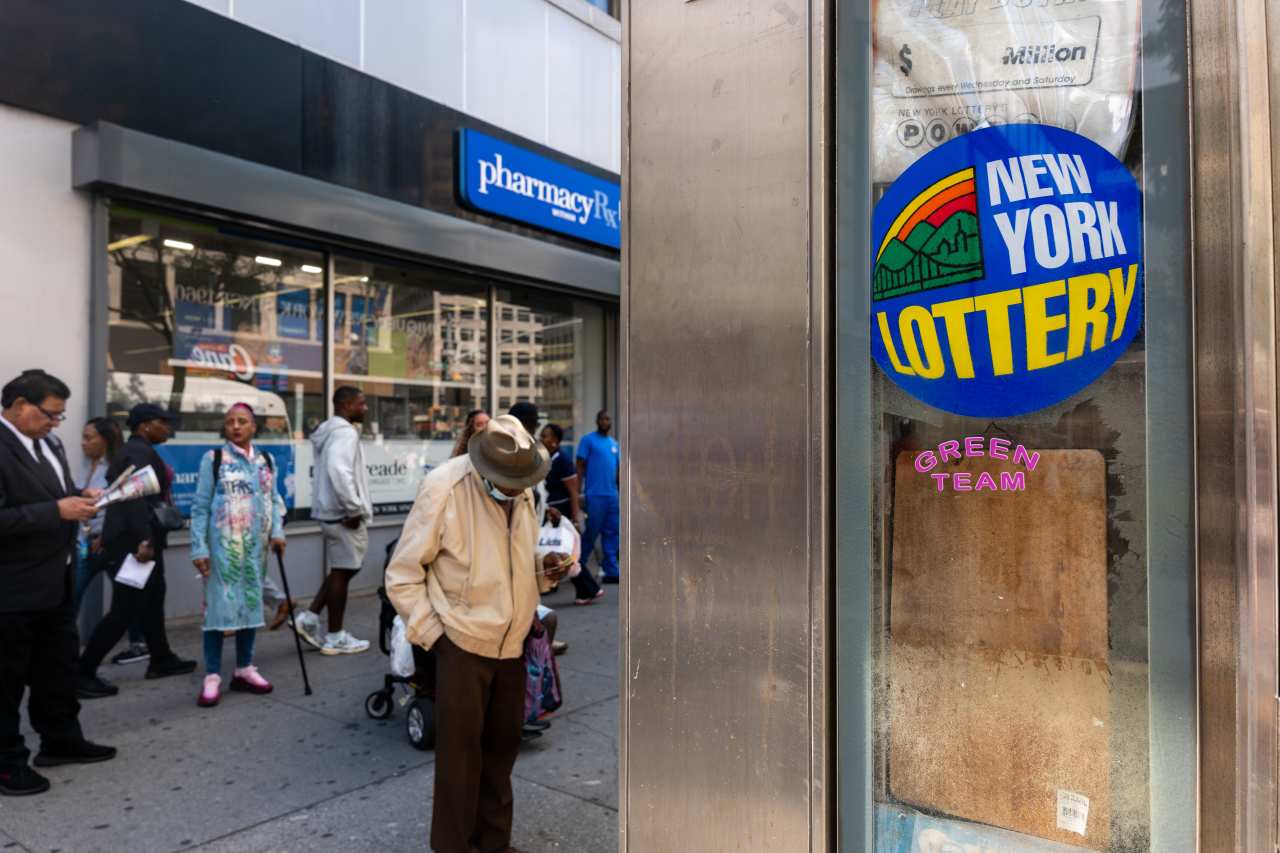Slower Hiring, Rising Prices, Wary Consumers: Fed’s Beige Book Points to Sluggish U.S. Economy
The Federal Reserve’s latest Beige Book paints a picture of a U.S. economy grinding to a slower pace, with businesses reporting subdued hiring, persistent price pressures, and consumers pulling back amid tariff uncertainties. Released on September 3, 2025, the report—based on anecdotal data from the Fed’s 12 regional banks—signals modest declines in activity across multiple districts, raising questions about the trajectory heading into the fall.
Beige Book Highlights: A Mixed Bag of Economic Signals
The Beige Book, compiled from interviews with business leaders, economists, and community contacts up to late August 2025, describes overall economic activity as “little changed to slightly down” since the prior report in July. Five districts noted flat or declining conditions, while only three reported slight growth, a shift from the more optimistic tone earlier in the year. This comes amid broader concerns over tariffs, with contacts in all 12 districts citing elevated input costs and uncertain outlooks.
Hiring slowed notably, with employment described as “stable to slightly down” in most regions. Labor demand softened in sectors like manufacturing and retail, where firms reported hiring freezes or selective recruitment due to economic caution. Wage growth remained moderate, but contacts anticipated further moderation as businesses grapple with profitability.
Consumer spending showed mixed results, with discretionary purchases waning as shoppers grew more price-sensitive. Retailers noted declines in non-essential goods, while tourism held steady in some areas but dipped in others due to international travel hesitancy. Businesses expressed worries about passing on costs, leading to compressed margins.
Prices rose at a “moderate pace,” with nonlabor inputs like raw materials seeing the sharpest increases—largely attributed to tariffs on imports such as steel and electronics. Many firms added surcharges or shortened pricing horizons, and contacts expected consumer prices to accelerate in late summer or fall.
Background: The Beige Book’s Role and Recent Economic Context
The Beige Book, released eight times a year before Federal Open Market Committee meetings, provides qualitative insights into regional economies, complementing hard data like GDP and jobs reports. The September 2025 edition, prepared by the Cleveland Fed, covers the period from mid-July to late August and reflects ongoing tariff impacts from the Trump administration’s policies, including a 10% universal tariff and higher duties on China.
This follows a pattern of softening growth: Q2 2025 GDP expanded at 1.6% annualized, down from 2.8% in Q1, with revisions to earlier jobs data revealing underlying weakness. Tariffs have been a recurring theme, with businesses in districts like Atlanta and Chicago citing supply disruptions and cost pass-throughs. The report notes “widespread reports of contacts expecting costs and prices to rise at a faster rate,” echoing June’s edition where uncertainty dominated.
Regional variations emerged: Boston, New York, and Philadelphia reported declines, while Richmond and Atlanta saw modest gains. Manufacturing activity was flat to down in most areas, and commercial real estate remained soft due to high borrowing costs.
Key Themes from the September 2025 Beige Book
| Theme | Description | Regional Notes |
|---|---|---|
| Economic Activity | Little changed to slightly down | Declines in Northeast; gains in South |
| Employment & Hiring | Stable to slightly down | Softening demand; selective hiring |
| Consumer Spending | Mixed, with pullback in discretionary | Tourism steady but international dips |
| Prices & Inflation | Moderate increases, accelerating due to tariffs | Input costs up across all districts |
| Outlook | Uncertain, slightly pessimistic | Tariff fears weigh on investments |
Expert Opinions and Public Reactions
Economists interpret the report as a cautionary signal. “The Beige Book underscores a sluggish economy with tariffs as a wildcard—slower hiring and wary consumers could prompt Fed easing if inflation cools,” said Sal Guatieri, senior economist at BMO Capital Markets. Fed Governor Michelle Bowman noted the data aligns with her view of balanced risks, potentially supporting a September rate cut.
Public reactions on social media reflect concern. On X, #BeigeBook trended with posts like “Slower hiring + rising prices = recession vibes? Time for Fed to act,” amassing thousands of engagements. Reddit’s r/economy forum saw debates on tariff impacts, with users noting, “Consumers are pulling back—grocery bills up 5%, no wonder spending’s down.”
Impact on U.S. Readers: Economy, Lifestyle, and Beyond
For everyday Americans, the Beige Book’s signals of sluggish growth mean tighter budgets: Slower hiring could stall wage gains (currently 3.9% YoY), while rising prices from tariffs might add $1,000 annually to household costs for imports like electronics and clothing. Politically, it fuels 2026 midterm debates on trade policy, with potential Fed cuts (75% odds for September) influencing elections by easing mortgage rates from 6.8% to around 6.2%.
Lifestyle impacts include cautious spending—retailers report shifts to essentials amid 3.2% CPI inflation—potentially curbing travel or dining out. Technologically, it highlights AI’s role in supply chains to mitigate tariff disruptions. In sports, wary consumers might cut ticket spending, affecting leagues like the NFL amid economic slowdowns.
Conclusion: A Wake-Up Call for Policy and Consumers
The Federal Reserve’s September 2025 Beige Book reveals a U.S. economy facing headwinds from slower hiring, rising prices, and cautious consumers, with tariffs amplifying uncertainty. While activity is only slightly down, the outlook remains guarded, pressuring the Fed toward potential rate cuts to stimulate growth.
Looking ahead, September’s FOMC meeting could deliver easing if data aligns, but persistent inflation risks loom. For U.S. households, it’s a cue to budget wisely—monitor jobs reports and prepare for price hikes, as the sluggish pace could linger into 2026.
